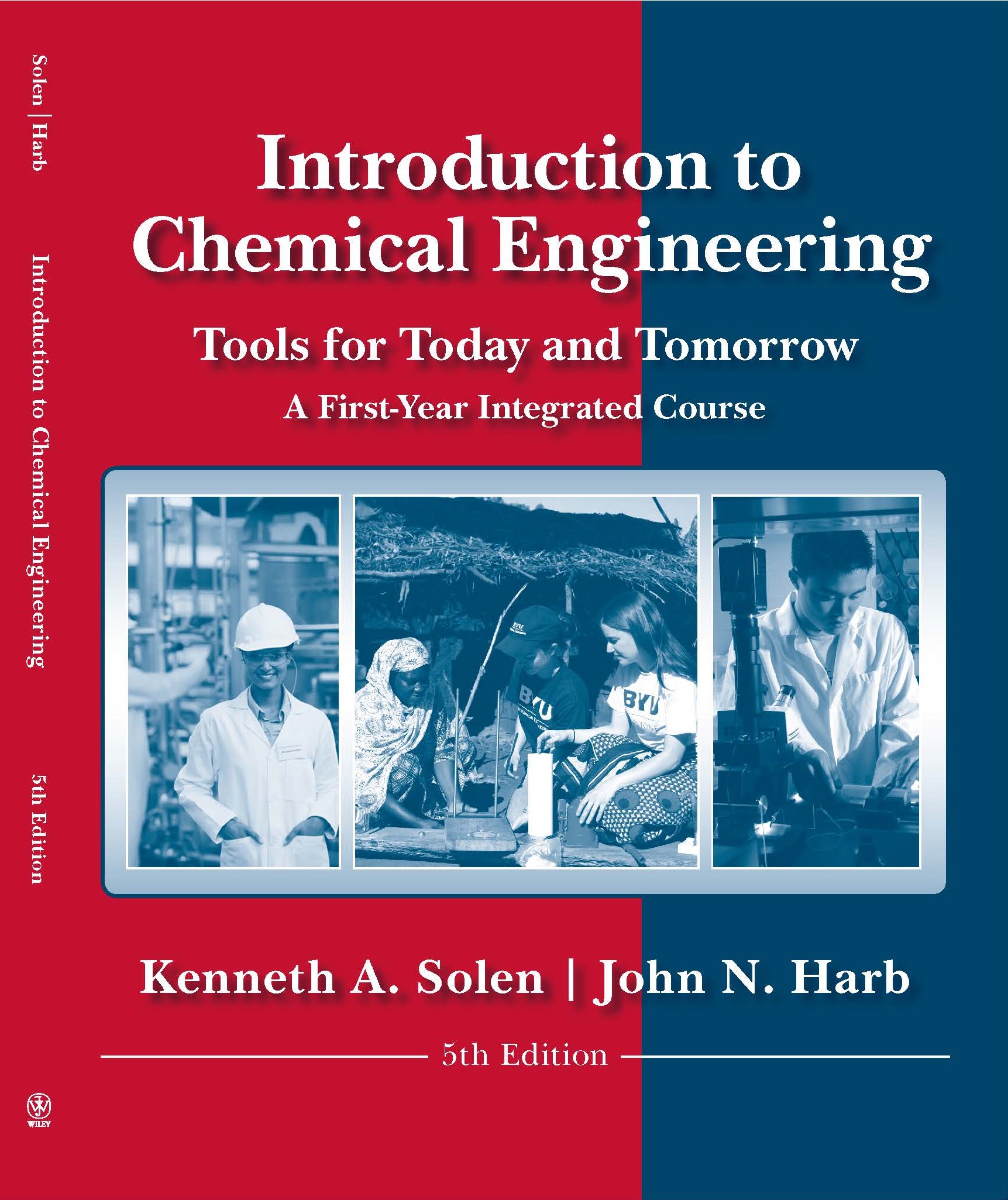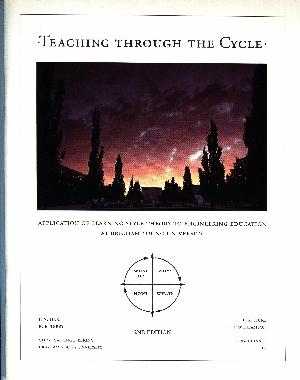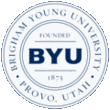Teaching
Dr. Harb has been actively involved in engineering education for many years. During that time he has co-authored a monograph on the use of learning style theory in engineering education. He has also written a textbook for a new introductory course in chemical engineering designed for first-year students (co-authored with Kenneth A. Solen, also at BYU). He is currently working with Professor Tom Fuller at Georgia Tech to complete a second textbook, this one on the topic of Electrochemical Engineering. As a college-level administrator, he worked to help prepare all students in the Fulton College in the areas of leadership, global competence and ethics, as a critical complement to their excellent technical preparation.
Classes Taught
- Computer Applications in Chemical Engineering (ChE 101)
- Introduction to Chemical Engineering (ChE 170)
- Computational Tools for Chemical Engineers (ChE 263)
- Mass and Energy Balances (ChE 273)
- Energy and Fossil Fuels (ChE 310)
- Introduction to Semiconductor Processing (ChE 493R)
- Process Dynamics and Control (ChE 436)
- Process Design and Synthesis (ChE 451)
- Unit Operations Lab (ChE 475/477)
- Separation Processes (ChE 476)
- Electrochemical Engineering I (ChE 593R)
- Electrochemical Engineering II (ChE 693R)
- Fundamentals of Global Leadership (EngT 231)
Chemical Engineering Text
 This text is designed for first-year students interested in chemical engineering. The goal of the book is to provide a brief overview of the chemical engineering discipline at a level appropriate for beginning students. The book leads the students from start to finish through a design problem of a simple chemical process. In the first chapter, the student is asked to adopt the role of a chemical engineering on the job, and the design problem is introduced in the form of a memo from the student's supervisor. The next chapter provides brief descriptions of the chemical engineering discipline, chemical processes, and process flow diagrams. Throughout the remainder of the book, students are led step-by-step through the design problem from initial problem definition to economic evaluation. At each step along the way, the concepts, principles, and equations necessary to accomplish the task at hand are introduced, an additional feature of the design is completed, and the process flow diagram is expanded to include that new feature. Thus, the student can see how the various aspects of chemical engineering integrate together to comprise an entire chemical process.
This text is designed for first-year students interested in chemical engineering. The goal of the book is to provide a brief overview of the chemical engineering discipline at a level appropriate for beginning students. The book leads the students from start to finish through a design problem of a simple chemical process. In the first chapter, the student is asked to adopt the role of a chemical engineering on the job, and the design problem is introduced in the form of a memo from the student's supervisor. The next chapter provides brief descriptions of the chemical engineering discipline, chemical processes, and process flow diagrams. Throughout the remainder of the book, students are led step-by-step through the design problem from initial problem definition to economic evaluation. At each step along the way, the concepts, principles, and equations necessary to accomplish the task at hand are introduced, an additional feature of the design is completed, and the process flow diagram is expanded to include that new feature. Thus, the student can see how the various aspects of chemical engineering integrate together to comprise an entire chemical process.
This text is not intended as a survey course. Rather, first-year students are taught to solve quantitative problems, although at a low level of complexity and within a scope that is narrow and well-defined. These quantitative topics include material balances (reacting and non-reacting systems), fluid flow (including the sizing of pumps), mass transfer (diffusion and convection), chemical reactor design, heat transfer (including the design of heat exchangers), and engineering economics. A qualitative treatment of several additional topics such as problem solving strategies, engineering teamwork, and process control are also included. The only background expected of students is an introduction to chemistry (e.g. a high school chemistry course). The newest edition includes global competence and the relevance of chemical engineering to the solution of today's most pressing problems.
Learning Styles Monograph
 The purpose of this monograph entitled "Teaching Through the Cycle" is to provide a resource for the enhancement of engineering education based on learning style theory. An understanding of learning styles helps an instructor to understand and meet the needs of the different types of learners present in our engineering classes. The instructor can also improve the learning of all students by helping them to use styles other than their preferred learning style. The methodology described in the monograph represents an alternative to the traditional (and widely practiced) form of engineering education. The monograph includes a discussion of the learning theory (based on the Kolb model) that serves as the foundation of the rest of the material. A resource of learning activities for use by engineering educators is provided next. This is followed by several examples of lesson plans that faculty members have used to apply the Kolb learning theory to their classes. Finally, the last section documents the application of learning theory in a teacher development program at Brigham Young University. The monograph can be downloaded from the link below.
The purpose of this monograph entitled "Teaching Through the Cycle" is to provide a resource for the enhancement of engineering education based on learning style theory. An understanding of learning styles helps an instructor to understand and meet the needs of the different types of learners present in our engineering classes. The instructor can also improve the learning of all students by helping them to use styles other than their preferred learning style. The methodology described in the monograph represents an alternative to the traditional (and widely practiced) form of engineering education. The monograph includes a discussion of the learning theory (based on the Kolb model) that serves as the foundation of the rest of the material. A resource of learning activities for use by engineering educators is provided next. This is followed by several examples of lesson plans that faculty members have used to apply the Kolb learning theory to their classes. Finally, the last section documents the application of learning theory in a teacher development program at Brigham Young University. The monograph can be downloaded from the link below.
Electrochemical Engineering Textbook
This textbook, soon to be completed, has 16 chapters. The first six chapters cover the fundamentals of Electrochemical Engineering. The last 10 are application chapters that include batteries, fuel cells, electrochemical capacitors, hybrid systems, electrodeposition, semiconductors and photoelectrochemical cells, industrial electrolysis and corrosion. The book features worked illustrations throughout, and homework problems (with answer keys) for each chapter.
